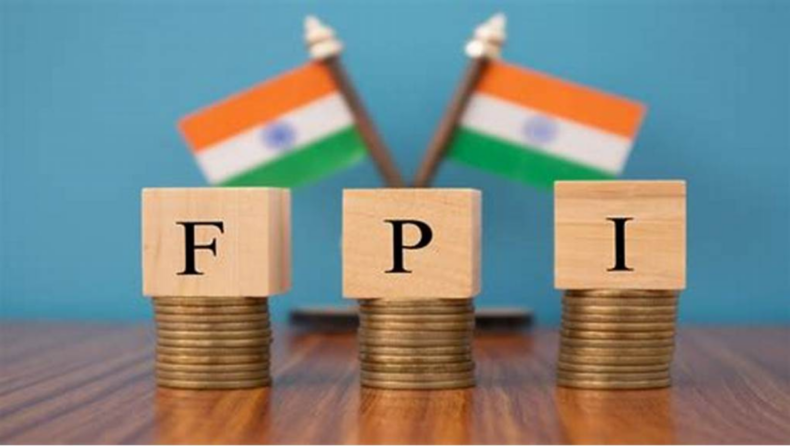Foreign portfolio investors (FPI) have been consistently selling shares in the Indian markets over the last nine to ten months owing to a variety of factors, one of which is the tightening of monetary policy. The falling value of the rupee, an appreciating dollar, and increasing bond rates in the United States have all contributed to a widening current account deficit.
According to the most recent statistics from the National Securities Depository, foreign portfolio investors (FPIs) exported a total of Rs 50,203 crore worth of equity holdings from India during the month of June.
Since the beginning of the last nine to ten months, foreign portfolio investors (FPI) have been consistently selling equity in the Indian markets. This can be attributed to a variety of factors, such as the tightening of monetary policy, the rising current account deficit as a result of the depreciation of the rupee, and the rising dollar and bond yields in the US.
When there is a high degree of volatility and uncertainty in the global financial markets, foreign portfolio investors often choose mature economies.
According to statistics from NSDL, they have already sold equity worth a total of Rs 217,619 crore this year. During the same time span, both the Sensex and the Nifty had losses of more than 10 percent.
“This enormous outflow of cash has been a big contributor to the recent devaluation of the Indian rupee, which broke through 79 to the dollar. The persistent selling by FPIs has to be understood in the context of a gradually appreciating dollar and increasing bond rates in the United States “The chief investment strategist at Geojit Financial Services, VK Vijayakumar, made this statement.
“Because the currencies of nations with large current account deficits, such as India, are susceptible to further devaluation, foreign portfolio investors (FPIs) are increasing the amount of stock they sell in such countries. The selling activity of FPIs has been shown a tendency toward lessening as June draws to a close.”
Vijayakumar further said that the only way to put a stop to this trend is for the currency to achieve stability and for rates on US bonds to fall.
Ola shuts down its business segments: Ola Cars and Ola Dash













